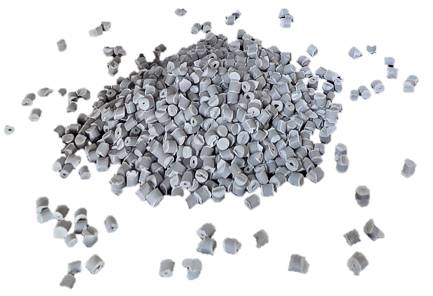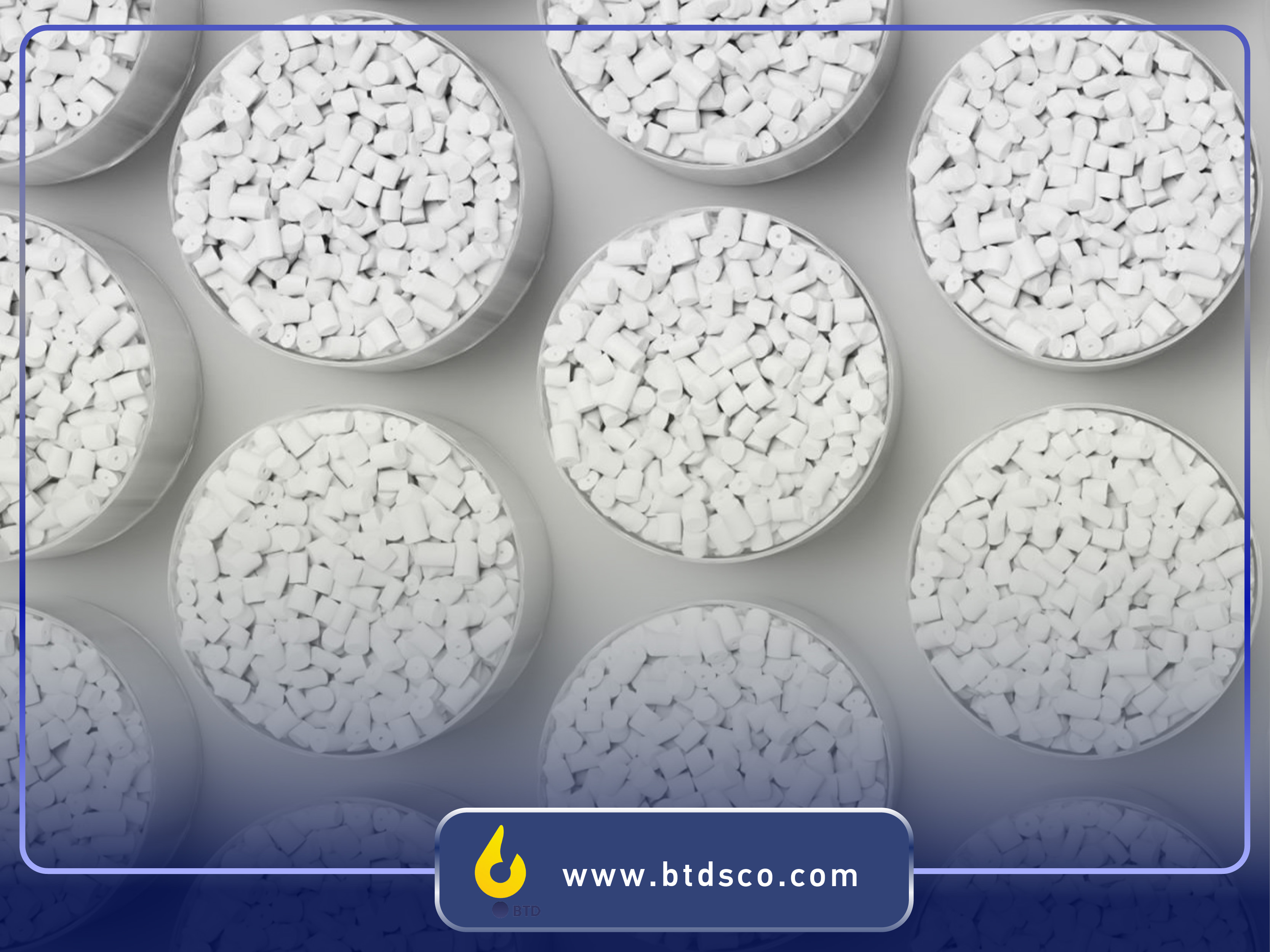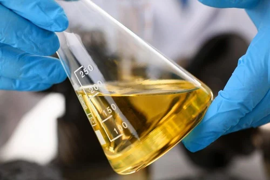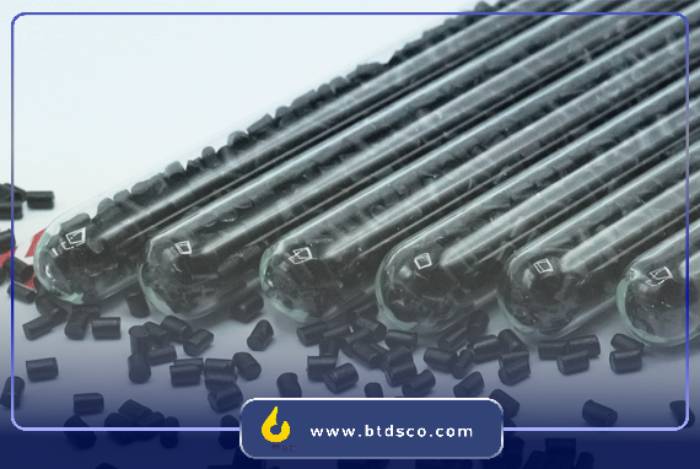About Us
Baspar Tose`e Davam Shimi specializes in producing engineered compounds and polyurethane materials, driven by an innovative and expert team of young professionals. As a knowledge-based company with over a decade of experienced, we have developed groundbreaking inventions across various fields of polymeric materials. Our commitment to creative thinking fuels our passion for developing new and innovative products.
At Baspar Tose`e Davam Shime Company, we are dedicated to providing high-quality polymeric compounds for a wide range of applications across various industries, including lighting and electrical, home appliances plus railway and automotive. Our strong commitment to innovation and quality drives us to creature different products designed to meet our customers` needs.
We also specialize in the production of polyurethane raw materials for insulation industry. Our formulated polyols, with diverse functionalities, are designed to produce rigid polyurethane foam suitable for different applications such as sandwich panels, construction and building, air ducts, and decorative designs and decorative wood imitation.

Related Articles






